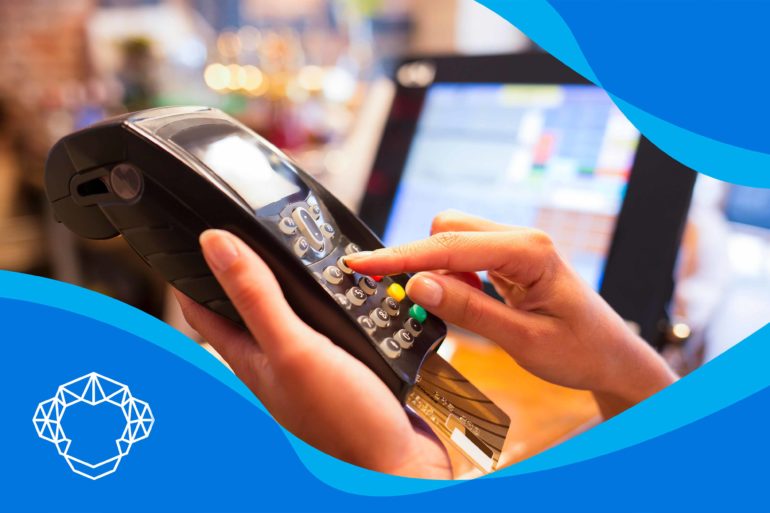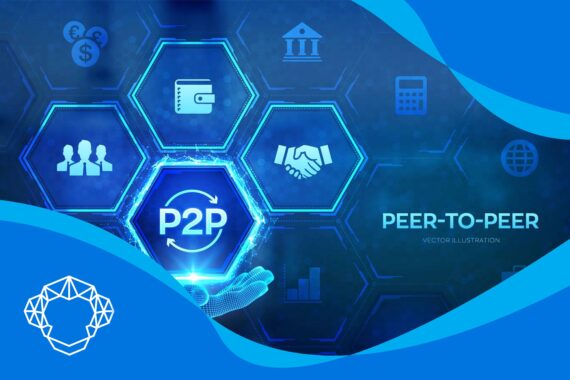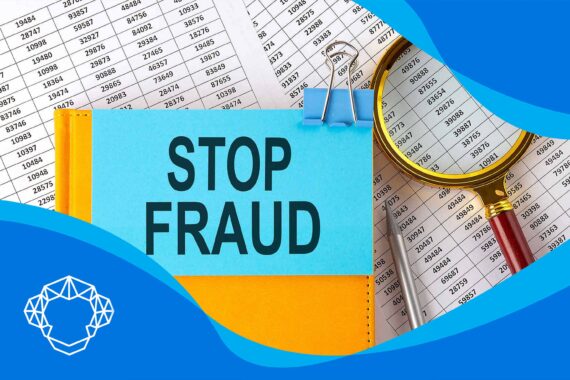In the days of ever-growing contactless payments, understanding the roles of the main players in the processing industry is ever more important for merchants. In the chain of different entities, the acquiring bank holds a crucial spot.
In this quick guide, we’d like to introduce you to the concept of an acquiring bank and its role in the process and help you tell it apart from issuing banks and processing companies.
What’s the Acquiring Bank
The acquiring bank is the financial institution that serves as an intermediary between the issuing banks and merchants who accept credit card payments. In other words, this entity, which has to be registered at associations such as Visa, AmEx, or MasterCard, enables businesses and individuals to accept cards as a method of payment for goods and services. The acquirer’s main job is to open and maintain merchant accounts and take on the risk associated with cashless transactions.
Examples of the Acquiring Bank
Some of the most renowned acquirers are Chase, Bank of America, Wells Fargo, and others.
Some of them also act as issuers, as to the major card brands such as Visa and MasterCard.

What’s the Difference Between the Acquirer and the Issuing Bank
While the acquirer opens and maintains the merchant account for small business and so enables them to accept payments with cards, the issuing banks issue cards to customers. Therefore, they act as middlemen between customers and the network. Cardholder signs a contract with them, and in doing so, accepts the conditions of the issuing companies.

Acquirer’s Role in the Payment Process
In the process of cashless transactions, the role of the acquirer is to accept payments of this kind for the businesses. But, it isn’t the only thing that these banks do.
Opening Accounts for Merchants Is the Main Role of the Acquirer
To be able to conduct transactions via credit or debit card, the first step for a business is to have a merchant account. Such an account can only be opened at the acquirer. From then on, that financial institution will accept payments, and maintain accounts. For that, it takes its cut but also carries the risk of liability.
Payment Authorization
One more role that acquirers have in every transaction involving cards is one of verification and authorization. Issuing banks and acquirers are linked by the network in order to verify the payment. When the payment is made, the acquirer has to accept or decline it. That decision will depend on the information about the cardholder received from the issuer and the network.
Is the Acquirer the Same Thing As the Processor
Though they often get mixed up, the acquirer is not the same as the payment processing company. In short, the merchant processing company is a channel of communication between the merchants and cardholder’s issuers. Their main job is ensuring that security standards have been met. They verify card’s details, send information to all sides, all the while keeping them safe.
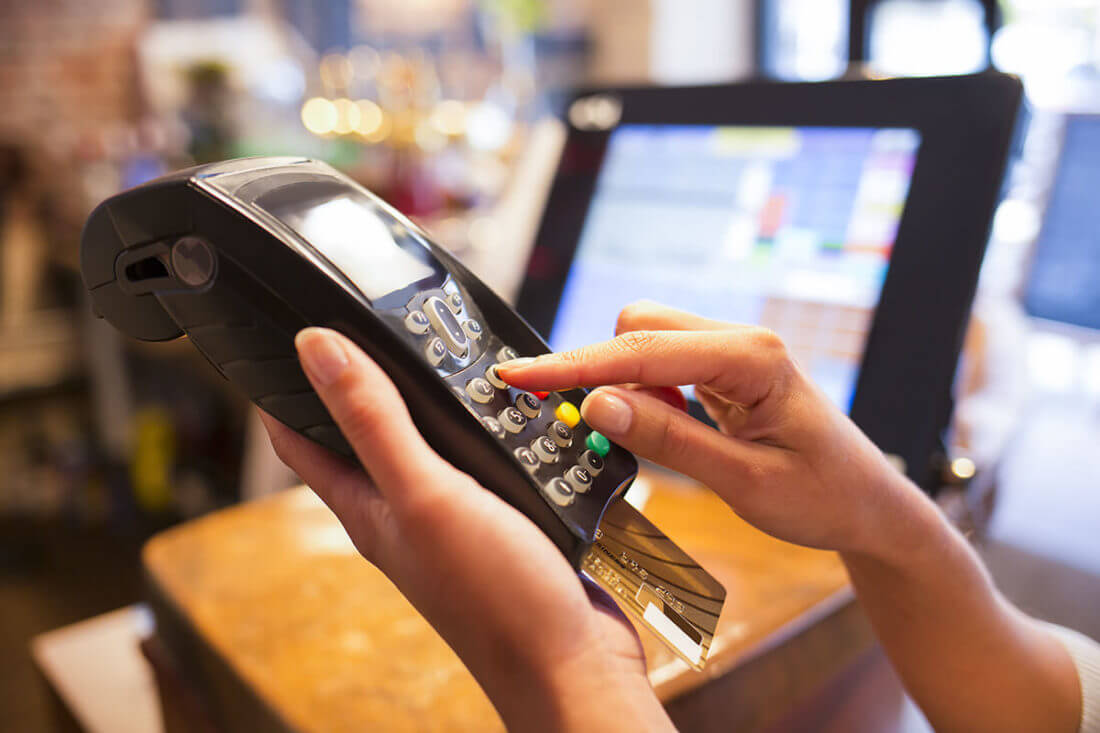
Merchant Is Charged Fees for Processing
As we all know, there is no such thing as a free lunch, and this is especially true when it comes to cashless payment methods. Therefore, all acquirers will charge one or more fees for their services. It is only understandable if you know that they are constantly open to the risk of cancellation or fraudulent transactions. However, since different institutions set different fees, we highly recommend every business owner to check several offers before he picks the acquirer. That is the best, if not the only way to find the best credit card processing for small business.

The Bank Takes on Financial Risks
The bank’s role in the process is essential, but with it comes the liability for refunds and chargebacks. It is suitable for a merchant to know when such situations might arise.
Know When the Acquirer’s at Risk
There are three ways for acquiring banks to be forced to refund the money from credit card transactions. Two are, so to say, regular, while the third may be a result of fraud.
The first regular option is that the merchant initiates the refund to the buyer, and the second is when he cancels the transaction after the authorization but before completion.
Understanding of Possible Frauds Is Important
The third option is when the customer himself questions the validity of the transaction. That will usually happen as a result of the fraudulent card not present transaction, in other words, in case of a stolen card. Another situation in which the acquirer’s liable for chargebacks is credit card factoring.

How Does the Process Work
It might be useful to shed some light on the entire process of credit card payments. The transaction usually begins when the cardholder uses plastic to buy or pay for something. That’s when the chain of events is set in motion.
The first thing that happens next is that the merchant sends the card’s information to the processor. Processor, in its turn, passes the request on to the network and card’s issuer.
Issuer’s concern lies with the card’s linked account and whether there’s enough money on it to pay the requested price. If everything checks out, the ball is passed to the acquirer, to approve or deny the transaction.
The decision on that is sent back to the merchant, who completes the circle by informing the processor of the authorization. Afterward, funds can be transferred between the accounts.
Of course, this is the overview of a typical, by-the-book transaction. In reality, this can take many twists and turns.
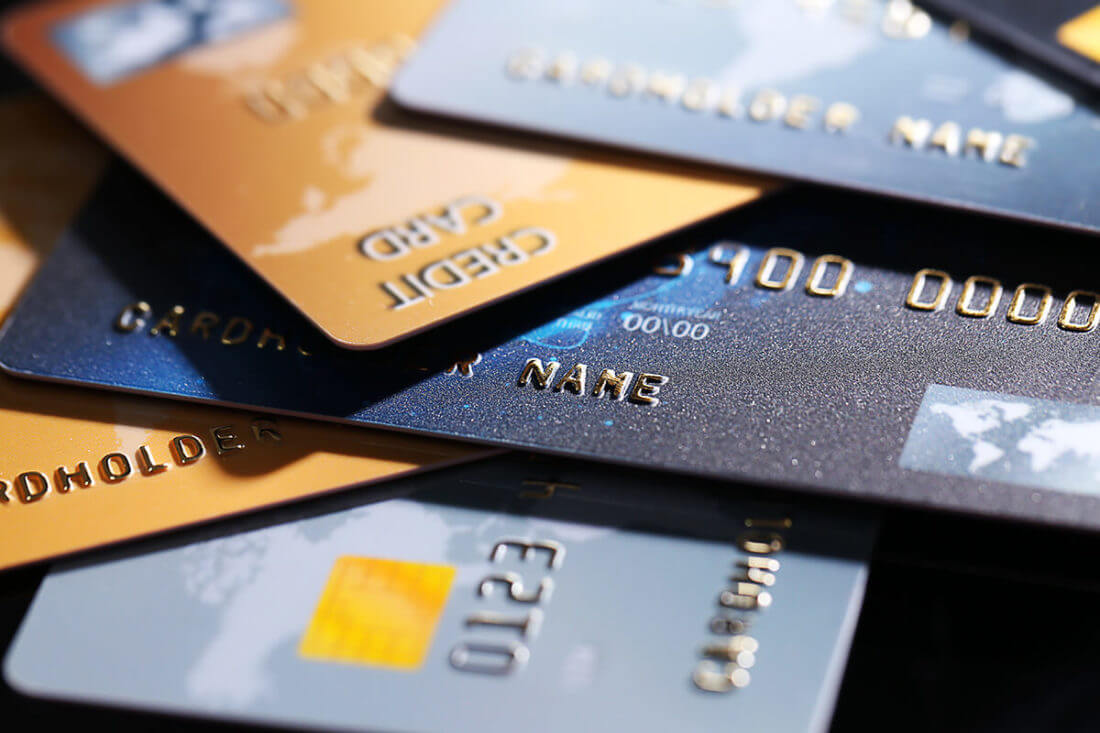
We Hope This Was Helpful
There you have it. A short guide on the acquirers and their work. Information on that is essential for all those who wish to take their business to the next level and expand their opportunities.

